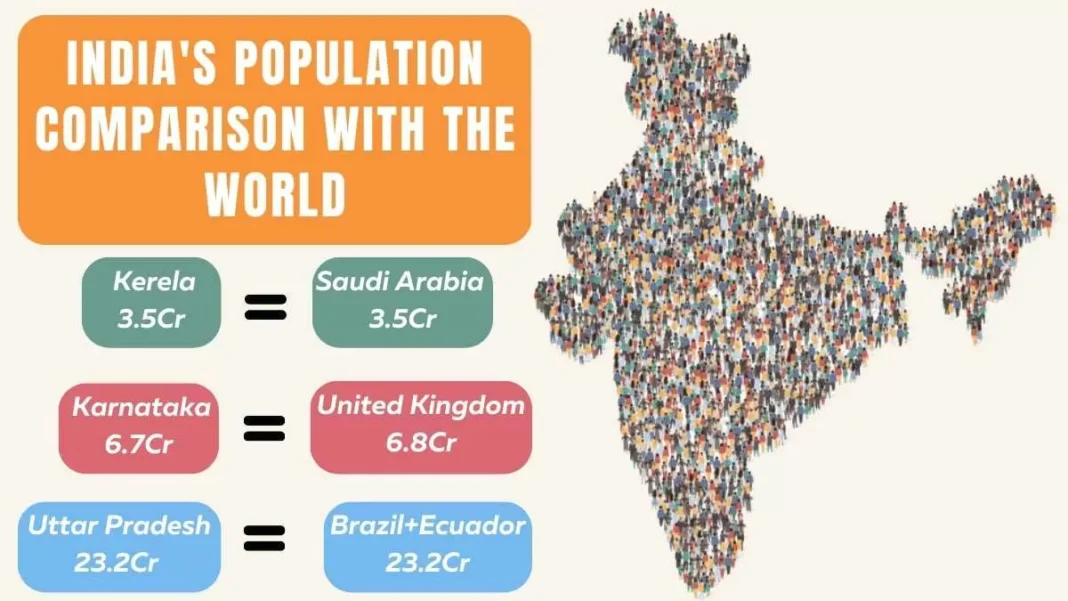In a landmark step towards modernising the national population survey, the Registrar General and Census Commissioner of India has announced that the Census of India 2027 will be the country’s first-ever digital census, with the use of mobile technology and a dedicated self-enumeration web portal. The historic initiative aims to ensure faster data availability, broader participation, and enhanced accuracy.
Announcing the move via its official handle on social media platform X, the Census India 2027 team stated that the use of digital tools would streamline data collection and transmission, resulting in earlier access to census data for planning and policy-making.
Enumerators will be equipped with Android and Apple mobile applications to collect information during both phases of the census—Houselisting and Housing Census (HLO), which begins on April 1, 2026, and Population Enumeration (PE), which starts on February 1, 2027. The reference date for the Census will be 00:00 hrs of March 1, 2027, with an exception for Union Territories of Ladakh and Jammu & Kashmir and some snowbound areas of Himachal Pradesh and Uttarakhand, where the reference date will be October 1, 2026.
For the first time, citizens will be allowed to self-enumerate through a dedicated online portal, accessible during both phases. This is expected to reduce enumeration errors and give individuals more control over their own demographic data submission.
“This digital shift is a transformational step in India’s Census history. For the first time, data will be electronically collected and transmitted directly to central servers, significantly cutting down processing time,” said a senior Census official. He also emphasized that strict security protocols would be followed during the collection, transmission, and storage of data to protect citizen privacy.
The Census 2027 will be the 16th overall and the eighth after Independence, as per a gazette notification issued on June 16. To support this massive undertaking, a three-tier training system is being implemented—comprising national trainers, master trainers, and field trainers. Around 34 lakh enumerators and supervisors will be trained for the two phases.
In preparation for the survey, the Registrar General of India (RGI) has instructed all states and Union Territories to finalize any changes in administrative boundaries—including districts, sub-districts, tehsils, talukas, and police stations—by December 31, 2025. Once the boundaries are frozen, Census operations will proceed three months later, as mandated by norms.
The RGI has also confirmed that the Census will include caste enumeration, marking a significant step toward gathering more inclusive social data. All areas—rural and urban—will be divided into uniform enumeration blocks, with each block assigned to a single enumerator to ensure no overlap or omission in population data.
With technology at its core, Census India 2027 is poised to become a model for future censuses, reflecting the country’s growing emphasis on digital governance and data-driven decision-making.








